As a professional who has devoted my career to working with children, I appreciate the significance of obtaining the Child Development Associate (CDA) credential.
Did you know that having a CDA can increase your earning potential by up to 17%?
In this article, I will guide you through the path to CDA certification, providing valuable information on:
- Eligibility
- Program selection
- Accreditation
- The application process
- Coursework and training
- Assessing child development
- Professional development
Let’s embark on this journey together and unlock exciting opportunities in the field of child development.
Key Takeaways
- High school diploma or equivalent is required for eligibility.
- Minimum of 480 hours of professional experience with children in the past three years is required.
- Compare program options based on reputation, curriculum, flexibility, and cost to make the best selection.
- Accreditation is crucial for ensuring quality education and training.
Eligibility and Program Selection
To be eligible for the child development associate certification, I must have a high school diploma or equivalent and a minimum of 480 hours of professional experience with children in the past three years. These high school requirements ensure that candidates have a solid educational foundation before pursuing this certification.
When selecting a program for the child development associate certification, it is important to consider the program’s reputation and cost. Look for a program with a strong reputation in the field, as this indicates that it provides high-quality education and training. Additionally, consider the cost of the program and whether it aligns with your budget.

Accreditation and Benefits
Obtaining accreditation ensures that my program meets the highest quality standards and provides recognition by employers. The benefits of accreditation are numerous and essential for professional growth. Here are a few key reasons why accreditation is important:
-
Assures high-quality education and training: Accreditation guarantees that the program I choose offers a rigorous curriculum and meets industry standards.
-
Enhances credibility and professional growth opportunities: Accredited programs are recognized and respected by employers, giving me a competitive edge in the job market. It also opens doors for further career advancement.
-
Offers professional development opportunities: Accreditation provides access to ongoing training and development opportunities, keeping me updated with the latest research and best practices in the field.
-
Ensures commitment to continuous improvement: Accreditation encourages programs to constantly strive for excellence, ensuring that I receive the best education and training possible.
Accreditation is a vital step in my journey towards becoming a certified child development associate, as it not only validates the quality of my program but also enhances my professional development.

Application Process and Coursework/Training
I completed the online application for the accredited program accurately and honestly, ensuring that I met all the eligibility requirements and gathered the necessary documents. The application process was straightforward and user-friendly, allowing me to input all the required information with ease.
After submitting my application, I eagerly awaited the next steps in the process. Once accepted into the program, I began my coursework and training, which included a comprehensive curriculum on child development and curriculum planning. The instructors were experienced professionals who provided valuable insights and guidance throughout the program.
The coursework covered a wide range of topics, including health and safety, child observation, and designing effective learning environments. This training not only enhanced my knowledge and skills but also equipped me with the tools necessary to create engaging and developmentally appropriate curriculum for young children.
Assessing Child Development and Professional Development
Continuing professional development enhances my skills and knowledge, ensuring that I stay up-to-date with research and best practices in the field of early childhood education. It is crucial for me to assess child development through play and understand the importance of observation in child development assessment.
Here are four reasons why assessing child development and engaging in professional development are essential:
-
Enhancing understanding: Through observation and interaction, I can gain valuable insights into a child’s development and tailor my teaching strategies accordingly.
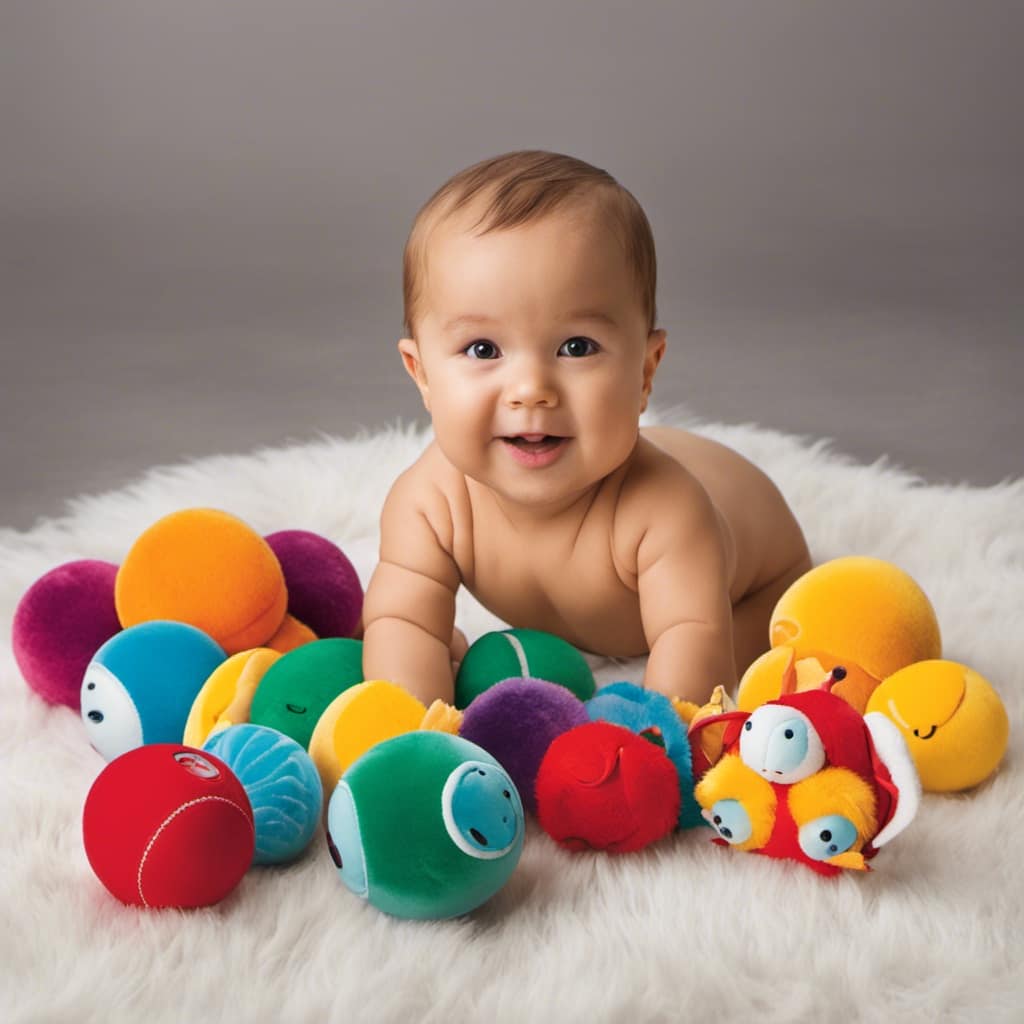
-
Meeting competency standards: By staying informed about child development theories and principles, I can ensure that I meet the necessary competency standards for certification.
-
Keeping up with best practices: Professional development allows me to stay abreast of the latest research and trends in the field, enabling me to provide the highest quality care and education to young children.
-
Supporting holistic development: Assessing child development through play and observation helps me identify areas where a child may need additional support, allowing me to create individualized learning experiences that promote their overall growth and well-being.
Choosing an Accredited Program
Choosing an accredited program ensures that I receive a high-quality education and training in early childhood education. When considering program options, it is important to evaluate the curriculum, faculty qualifications, and practical training opportunities. To help you make an informed decision, I have created a table that compares these factors across different programs:
| Program Options | Curriculum | Faculty Qualifications | Practical Training Opportunities |
|---|---|---|---|
| Program A | Comprehensive | Highly qualified instructors | Hands-on experience in childcare settings |
| Program B | Focus on play-based learning | Experienced educators | Internship in local preschools |
| Program C | Emphasis on child development theories | Expert practitioners | On-site training at accredited childcare centers |
Hands-on Training in a Childcare Setting
To gain practical experience in early childhood education, I sought out a program that offered hands-on training in a childcare setting. This type of experience is invaluable for anyone pursuing a career working with young children. Here are four reasons why hands-on training in a childcare setting is essential:
-
Childcare experience: Working directly with children allows you to understand their unique needs, personalities, and behaviors. This firsthand experience is crucial in developing the skills necessary to effectively care for and educate young children.

-
Practical learning: In a childcare setting, you have the opportunity to apply what you learn in the classroom to real-life situations. This hands-on approach enhances your understanding of child development, curriculum planning, and classroom management.
-
Building relationships: Working closely with children, their families, and fellow educators fosters strong relationships that are vital in the field of early childhood education. These connections create a supportive network and provide valuable insights and guidance.
-
Professional growth: Hands-on training allows you to develop and refine your teaching techniques, problem-solving skills, and communication abilities. This practical experience sets a solid foundation for your future career and opens doors to further professional development opportunities.
Continuing Professional Development
As an early childhood educator, I actively engage in ongoing professional development to stay updated with the latest research and best practices in the field. Continuing professional development is crucial for enhancing my skills and knowledge, and it allows me to meet competency standards for certification.
In addition to hands-on training in a childcare setting, I prioritize attending workshops, conferences, and webinars that provide valuable insights and new strategies. These opportunities allow me to connect with other professionals, exchange ideas, and gain a fresh perspective on child development and education.
Child Development Theories and Principles
When considering different early childhood education programs, I found it valuable to study various child development theories and principles. Understanding child development stages and cognitive development theories is crucial for creating effective learning experiences for young children. Here are four key aspects of child development theories and principles that I have found to be particularly important:
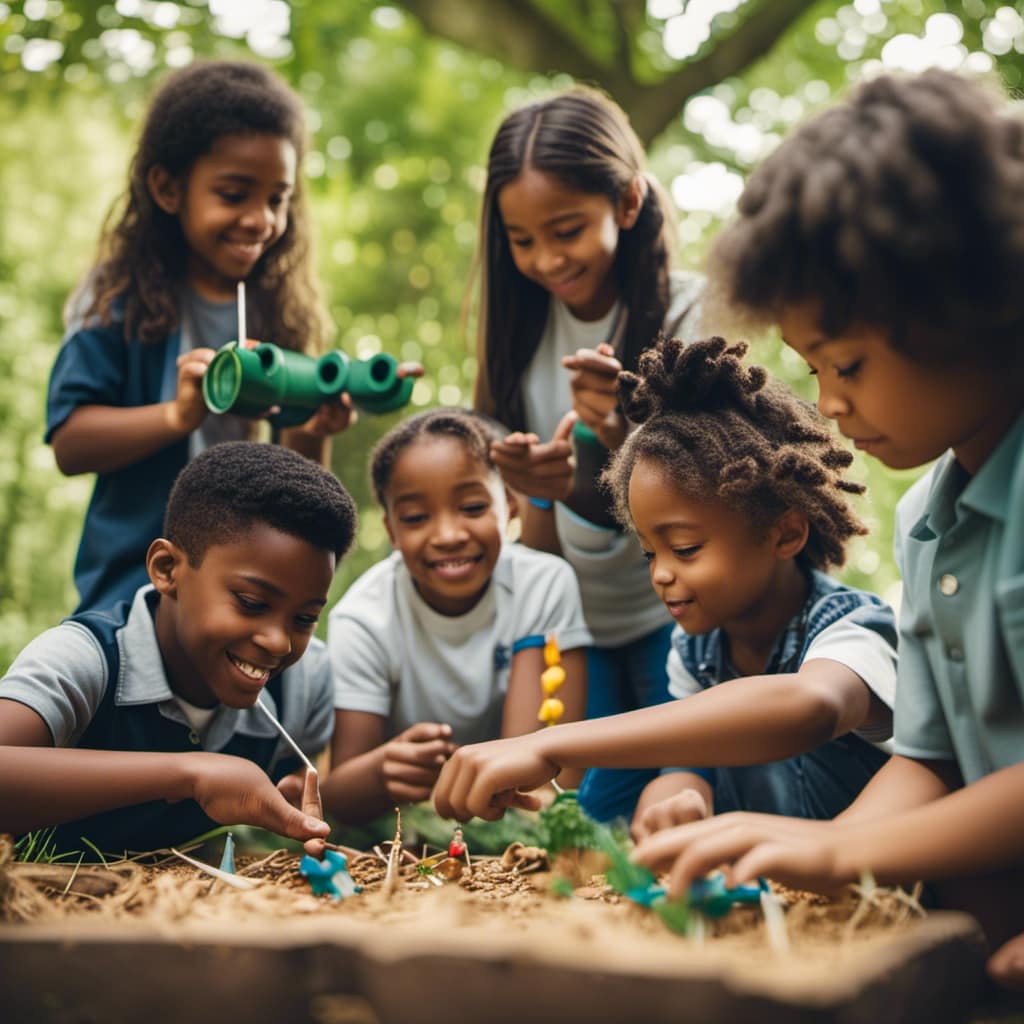
-
Child development stages: By studying different stages of child development, I gained insights into the physical, social, emotional, and cognitive changes that occur as children grow. This knowledge helped me tailor my teaching strategies to meet the unique needs of each child.
-
Cognitive development theories: Learning about cognitive development theories, such as Piaget’s theory of cognitive development, helped me understand how children acquire knowledge, problem-solve, and think critically. This knowledge guided me in creating developmentally appropriate activities and materials.
-
Cultural influences on development: Recognizing that child development is influenced by cultural factors allowed me to appreciate and respect the diverse backgrounds and experiences of the children in my care. This knowledge helped me create inclusive and culturally responsive learning environments.
-
Individual differences and strengths: Understanding that each child is unique and has their own strengths and challenges allowed me to provide personalized support and guidance. By considering individual differences, I was able to create learning experiences that fostered each child’s growth and development.
Frequently Asked Questions
What Is the Cost of Obtaining a Child Development Associate (Cda) Certification?
The cost of obtaining a CDA certification varies depending on the program. Financial assistance options, such as scholarships or grants, may be available to help cover the cost. It’s important to research and compare programs to find the best fit for your budget.
How Long Does It Typically Take to Complete a CDA Program?
On average, completing a CDA program takes about 6-12 months. The benefits of CDA certification include increased job opportunities, professional growth, and the ability to provide high-quality care and education to young children.
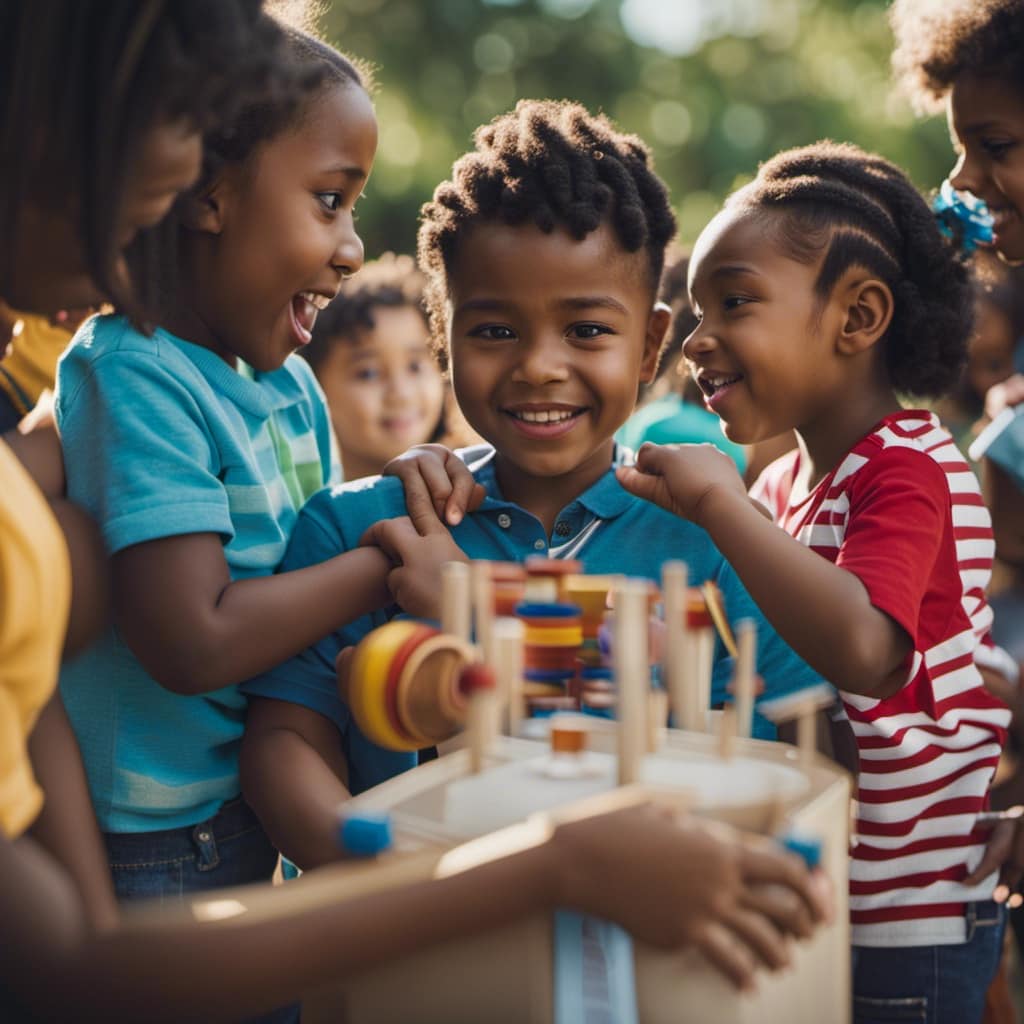
Are There Any Specific Requirements for the Professional Experience With Children?
There are specific requirements for professional experience with children, such as a minimum of 480 hours in the past three years. It’s important to have hands-on experience to enhance skills and knowledge in child development.
Can the Coursework Be Completed Online or Is In-Person Attendance Required?
I personally believe that online coursework for Child Development Associate certification has its pros and cons. While it offers flexibility, it may lack hands-on training. In-person attendance allows for more practical experience, but can be less convenient.
Are There Any Additional Certifications or Specialized Training Opportunities Available After Obtaining a CDA Certification?
Yes, there are many additional certifications and advanced training opportunities available after obtaining a CDA certification. These can include specialized areas such as infant and toddler care, special needs education, and early childhood administration.
Conclusion
After completing the rigorous process of obtaining my Child Development Associate (CDA) certification, I can confidently say that it was a journey worth taking.
The road to becoming a certified professional in child development has allowed me to gain invaluable knowledge and experience in working with children.
As I reflect on my path, I am reminded of the saying, ‘Every flower must grow through dirt.’ Just like a flower, I faced challenges and setbacks, but with determination and passion, I bloomed into a confident and skilled child development professional.
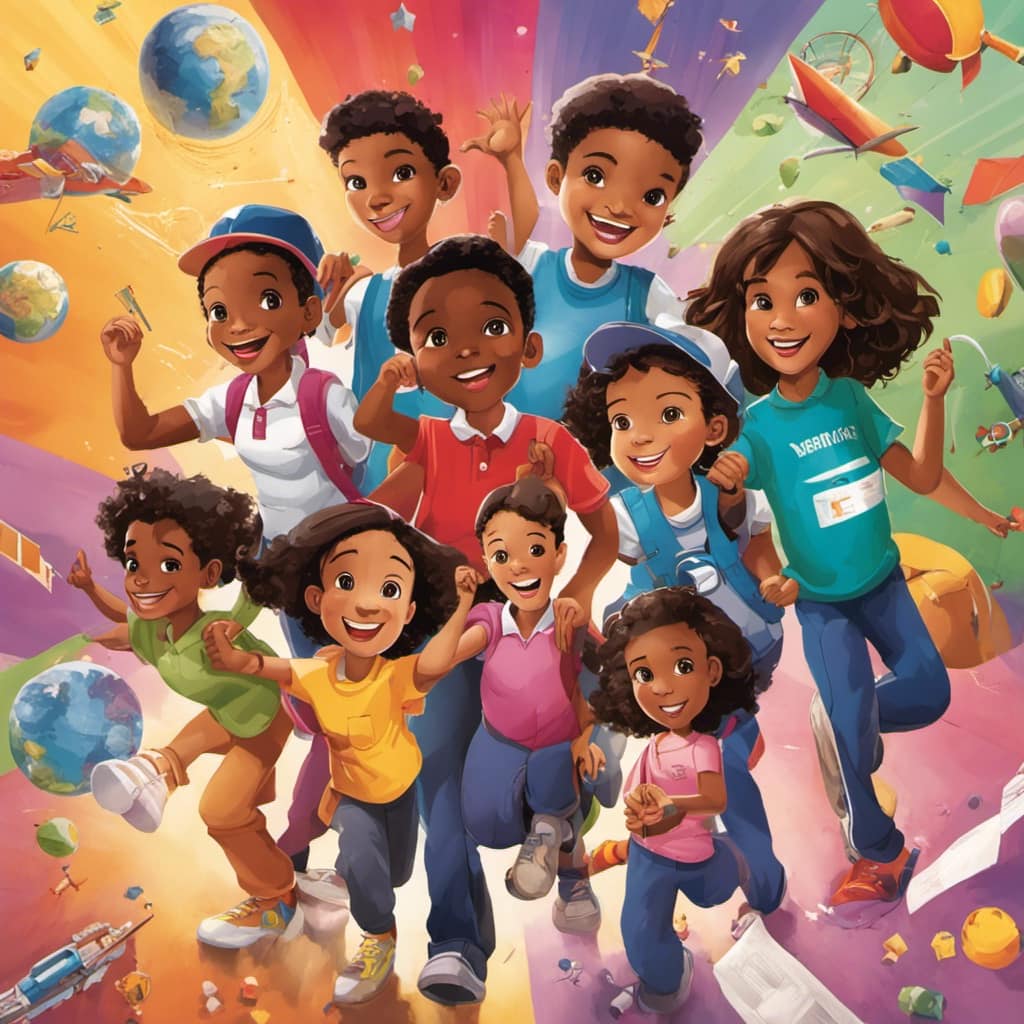
The CDA certification has opened doors for me in the field, providing recognition and credibility among employers.
I am proud to be part of a community of dedicated individuals who are committed to nurturing the growth and development of our future generation.
The journey to CDA certification may not always be smooth, but the rewards are sweet.
